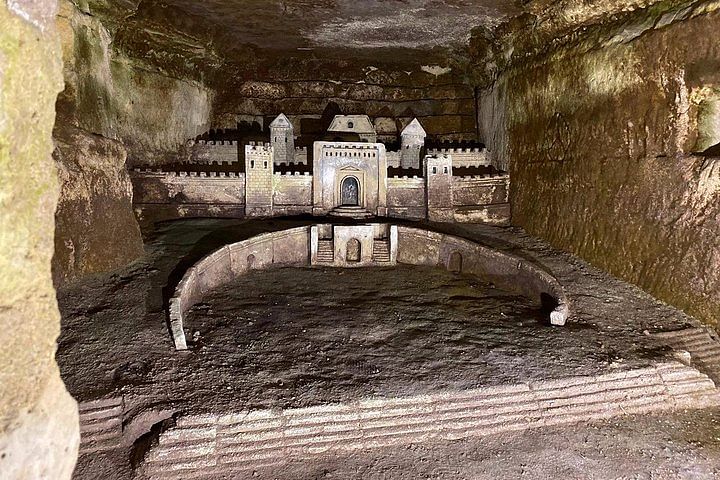[ad_1]
The Catacombs of Paris: A Journey into the Underworld
Introduction
The Catacombs of Paris are a network of underground ossuaries located in the City of Light. This macabre yet fascinating labyrinth of tunnels and chambers holds the remains of over six million Parisians, creating a haunting and awe-inspiring experience for those who dare to venture below the bustling streets of the French capital.
History
The catacombs date back to the late 18th century when Paris was suffering from severe overcrowding in its cemeteries, leading to unsanitary conditions and public health concerns. In response, officials decided to transfer the remains of the deceased to an abandoned quarry located beneath the city. This process began in 1786 and continued for several years, ultimately resulting in the creation of the Catacombs of Paris as we know them today.
Exploring the Catacombs
Visitors to the Catacombs of Paris can embark on a guided tour that takes them deep into the underground passages, where they can witness the carefully arranged stacks of bones and skulls. The experience is both eerie and mesmerizing, offering a unique perspective on the intersection of history, art, and mortality.
One of the most striking aspects of the catacombs is the deliberate organization of the bones, which were arranged in decorative patterns and motifs during the relocation process. This macabre form of artistry adds a layer of complexity to the site, prompting reflection on the nature of mortality and the passage of time.
Challenges and Dangers
While the catacombs hold a certain allure for adventurers and history enthusiasts, they also present a number of challenges and dangers. The underground passages are vast and complex, with many areas being unmapped and off-limits to the public. As a result, visitors can easily become disoriented and lost, leading to potential rescue situations and legal ramifications.
In addition, the catacombs are prone to flooding, making them a hazardous environment for those who are unprepared or inexperienced. As such, it’s important for anyone considering a visit to the catacombs to take safety precautions seriously and respect the rules and regulations put in place by authorities.
Legends and Lore
Over the years, the Catacombs of Paris have accrued a wealth of legends and lore, further adding to their mystique and intrigue. Tales of ghostly encounters, secret societies, and hidden treasures have captured the imagination of many, fueling the enduring fascination with this subterranean world.
One of the most famous legends is that of “The Philosopher’s Stone,” a mythical alchemical substance said to grant immortality and turn base metals into gold. According to the lore, the stone is hidden somewhere within the catacombs, waiting to be discovered by a worthy seeker. While purely the stuff of fiction, these stories contribute to the aura of mystery surrounding the underground realm.
Preservation and Conservation
Preserving the Catacombs of Paris is a formidable task that requires ongoing attention and resources. The delicate nature of the site, as well as the sheer volume of human remains it holds, demands careful management and maintenance to ensure its longevity for future generations.
Efforts to conserve the catacombs include regular inspections, structural reinforcement, and the implementation of visitor guidelines to minimize unintentional damage. The goal is to strike a balance between accessibility and preservation, allowing the public to experience the historical and cultural significance of the site without compromising its integrity.
Conclusion
The Catacombs of Paris offer a captivating journey into the depths of history, offering a unique perspective on mortality, art, and urban exploration. While they pose challenges and dangers, their allure is undeniable, drawing countless visitors to discover the secrets buried beneath the streets of Paris. With ongoing efforts to preserve and protect this remarkable site, the Catacombs will continue to fascinate and inspire for years to come.
[ad_2]

